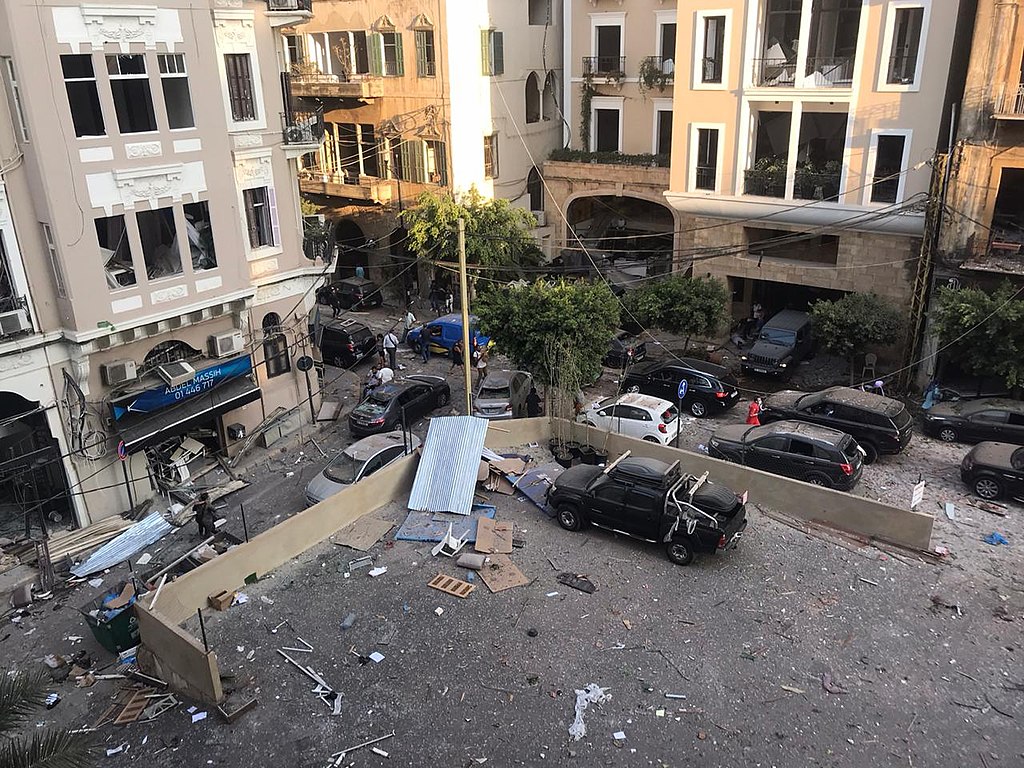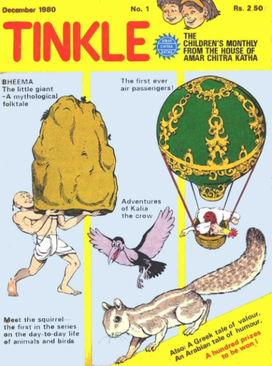The 2020 Beirut Port Explosion Damages to Historical Buildings
Beirut, a city with millennia of layered history, has historic districts — particularly those of Gemmayzeh, Mar Mikhael, and Karantina — which contain numerous Ottoman – era and early modern buildings, many of which in precarious condition due to decades of neglect, war, and insufficient preservation policy.
The explosion at the port of Beirut on 4 August 2020 —one of the most powerful non-nuclear blasts ever recorded—killed around 200 people, injured thousands more, and deepened Lebanon’s ongoing humanitarian crisis, leaving tens of thousands without shelter. Alongside the human toll, the city also suffered a less visible but equally significant loss: its historical and architectural heritage.
The blast, triggered by the detonation of approximately 2,750 tons of improperly stored ammonium nitrate, sent a shockwave extending over 10 kilometers. It caused widespread damage to both modern infrastructure and historic buildings. According to initial assessments by UNESCO and local NGOs, more than 8,000 buildings were affected, at least 640 of which held historical value. Common forms of damage included collapsed roofs, shattered windows, and structural instability.
Vulnerability of Heritage Sites in Crisis Contexts
Cultural heritage in Beirut was particularly vulnerable due to chronic underfunding of heritage institutions, a fragmented regulatory framework, and private sector encroachment. The lack of emergency preparedness for heritage sites exacerbated the destruction. In many cases, buildings were unreinforced and lacked basic preservation measures. This disaster exposed a longstanding pattern of cultural neglect and highlighted the urgent need for resilient heritage management in crisis-prone regions.
Several landmarks exemplify the scope of the damage. The Sursock Palace, a 19th-century residence in Ashrafieh, suffered extensive structural harm. The nearby Sursock Museum, a key institution for modern and contemporary art, lost much of its stained glass and interior detailing. Historic residential buildings, many of which housed artists, academics, and cultural institutions, were left uninhabitable.
The destruction of these buildings represents more than architectural loss. It constitutes an erosion of collective memory and urban identity. Beirut’s historical districts function as living records of its pluralistic past. Their obliteration or irreversible alteration risks homogenizing the city’s landscape and severing the intergenerational links that such spaces embody.
Efforts Toward Reconstruction and Preservation
In the aftermath, both international and local actors mobilized to assess damage and begin restoration efforts. UNESCO launched the “Li Beirut” initiative to coordinate funding and technical assistance. Local architects and heritage professionals also played a pivotal role, although efforts were hampered by Lebanon’s economic collapse and political paralysis. A key challenge remains ensuring that reconstruction does not result in gentrification or the erasure of cultural authenticity. In an interview published on April 30, 2025 the Lebanese Culture Minister Ghassan Salame, explained that “After the port explosion, we restored around 70 per cent of the heritage buildings. But it’s not enough and there are heritage buildings in other places still in ruins. I have a list of more than 60 historic houses in Tripoli that are on the verge of collapse. The Lebanese state currently lacks the capacity to handle this.”
The 2020 Beirut port explosion is a reminder of the fragility of cultural heritage in contexts of political and economic instability. The destruction of historic buildings not only deepens the physical scars of catastrophe but also undermines the cultural continuity essential for post-crisis healing. Beirut’s recovery must therefore prioritize inclusive and sustainable heritage preservation as a cornerstone of urban resilience.





